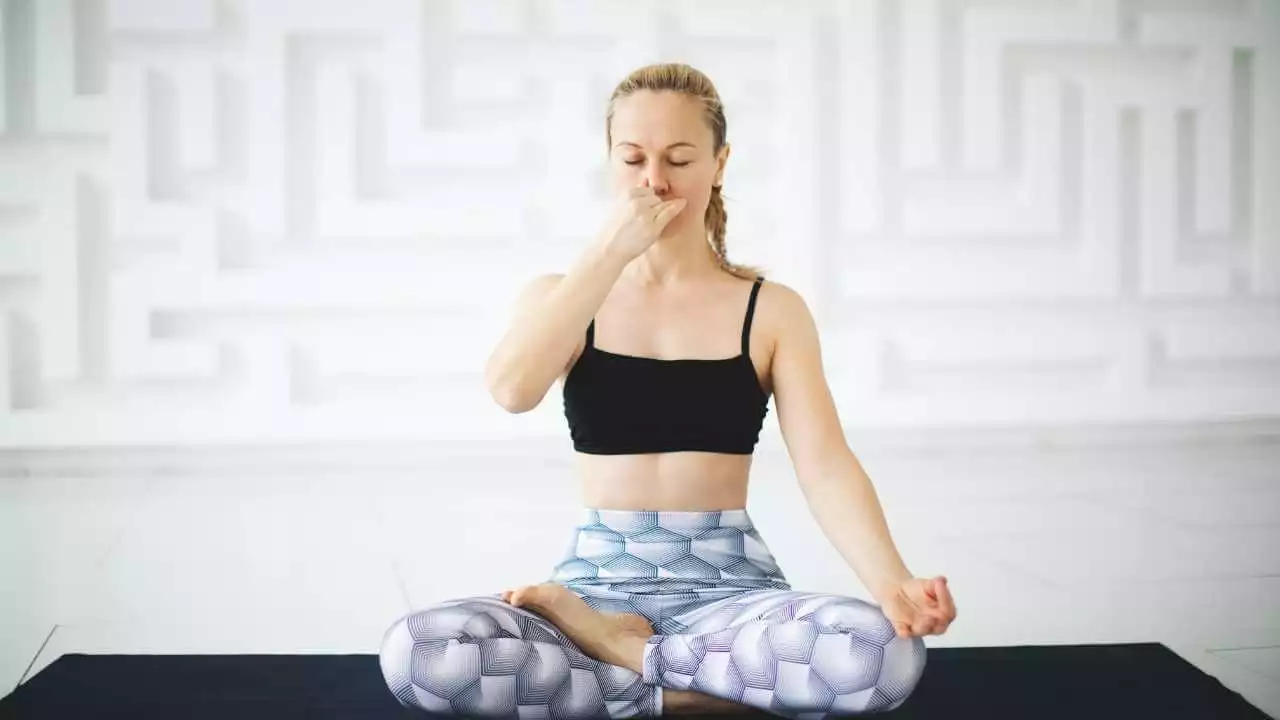Pranayam – Easy Breathing Practices You Can Start Today
Ever feel stressed and wish you could hit a reset button? Pranayam, the art of breath control, does exactly that. It’s a simple set of breathing exercises that anyone can do, no matter age or fitness level. By paying attention to how you inhale and exhale, you can calm your mind, boost energy, and support overall health.
Why Pranayam Matters
Breathing appears automatic, but the way you breathe influences your nervous system. Deep, slow breaths activate the parasympathetic (rest‑and‑digest) response, lowering heart rate and blood pressure. Over time, regular pranayam practice can improve lung capacity, aid digestion, and even help you focus better at work or study.
One of the biggest perks is stress relief. When you’re anxious, your breath becomes shallow and rapid. Switching to a controlled pattern sends a signal to the brain that you’re safe, so tension drops. That’s why many athletes and students use pranayam before big events – it steadies the mind and body.
Three Simple Pranayam Techniques to Try
1. Dirga (Three‑Part Breath) – Sit upright, close your eyes, and place a hand on your belly. Inhale slowly through the nose, first filling the lower belly, then the rib cage, and finally the upper chest. Exhale the same way, releasing from top to bottom. Do this for 5‑10 breaths. You’ll feel your torso expand and relax.
2. Nadi Shodhana (Alternate Nostril Breathing) – Use your right thumb to close the right nostril, inhale left side, then close left nostril with the ring finger, release the right and exhale. Inhale right, close right, release left, exhale left. That’s one round. Start with 5 rounds and build up. This balances the left and right brain hemispheres and promotes calm.
3. Bhramari (Bee Breath) – Take a deep inhale, then exhale while making a humming sound like a bee. Keep your lips gently closed and feel the vibration in your throat. The hum soothes the nervous system and can ease insomnia. Try 3‑5 hums.
Each of these exercises takes less than two minutes. You can practice them in the morning, before a meeting, or anytime you feel tension rising.
How to Make Pranayam a Daily Habit
Pick a consistent time – like after brushing your teeth – and set a reminder on your phone. Start with just one technique and a few breaths, then gradually add more rounds. Keep a simple journal to note how you feel after each session; you’ll notice patterns and stay motivated.
If you’re new to yoga, combine pranayam with a short stretch routine. Even a 5‑minute seated stretch followed by 3 minutes of breathing can leave you feeling refreshed.
Remember, there’s no perfect way to breathe. The goal is to be mindful and gentle with yourself. If a technique feels uncomfortable, adjust the depth or duration. Over time, your lungs become stronger and your mind steadier.
Give these breathing practices a try this week. Notice how your mood shifts, how your focus sharpens, or how a simple breath can quiet a racing thought. Pranayam is a free tool you carry everywhere – use it whenever you need a calm reset.

Which 'pranayam' is good for the heart and blood pressure?
In my exploration of yoga and its health benefits, I've discovered that 'Anulom Vilom Pranayam' is particularly beneficial for heart health and blood pressure regulation. This breathing exercise involves inhaling and exhaling through alternate nostrils, which helps in balancing the body's energy and calming the mind. It improves circulation, reduces stress, and is highly recommended for those with high blood pressure. Additionally, 'Bhramari Pranayam' is another effective exercise that aids in lowering heart rate and blood pressure. Incorporating these pranayamas into your daily routine can contribute significantly to improved cardiovascular health.